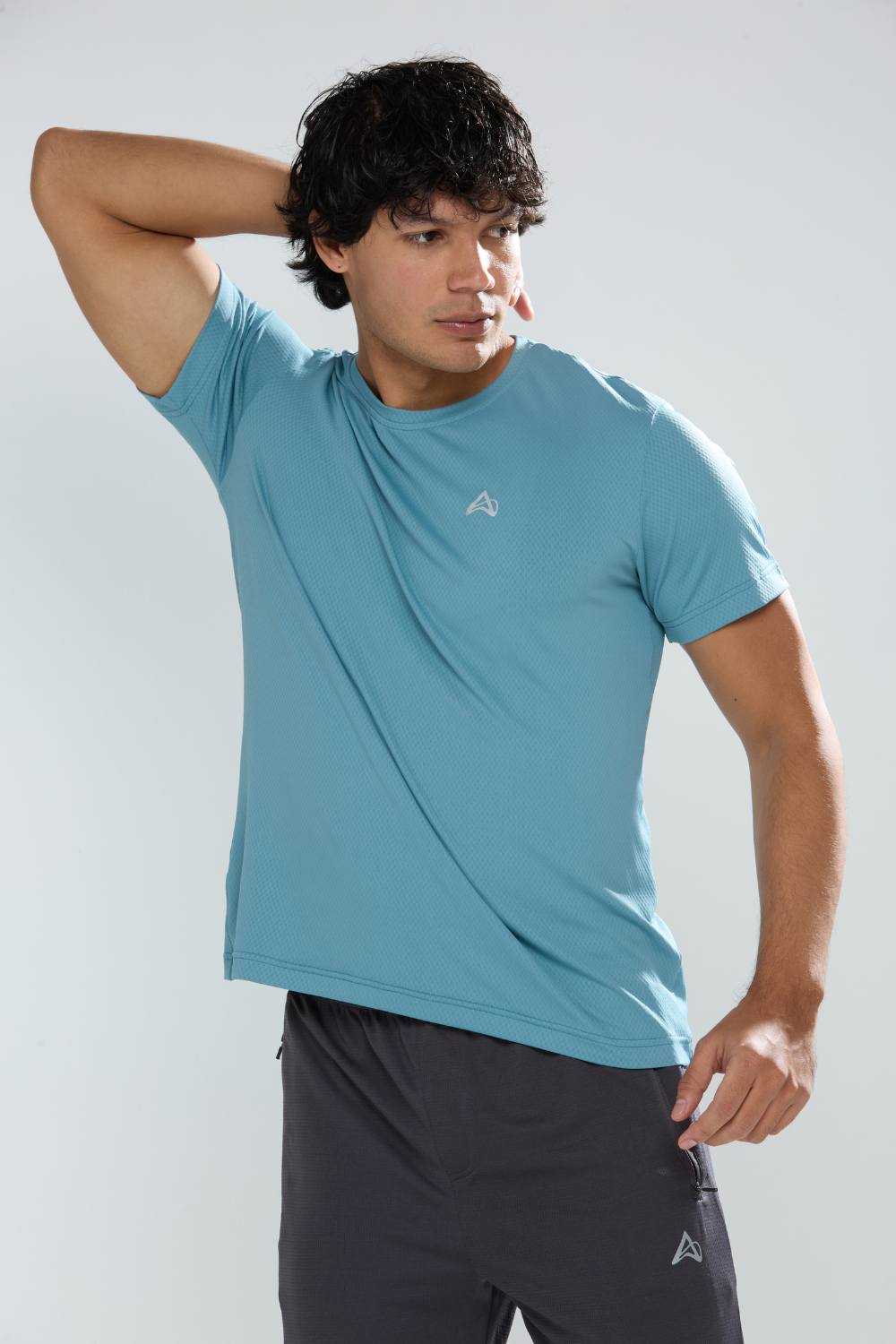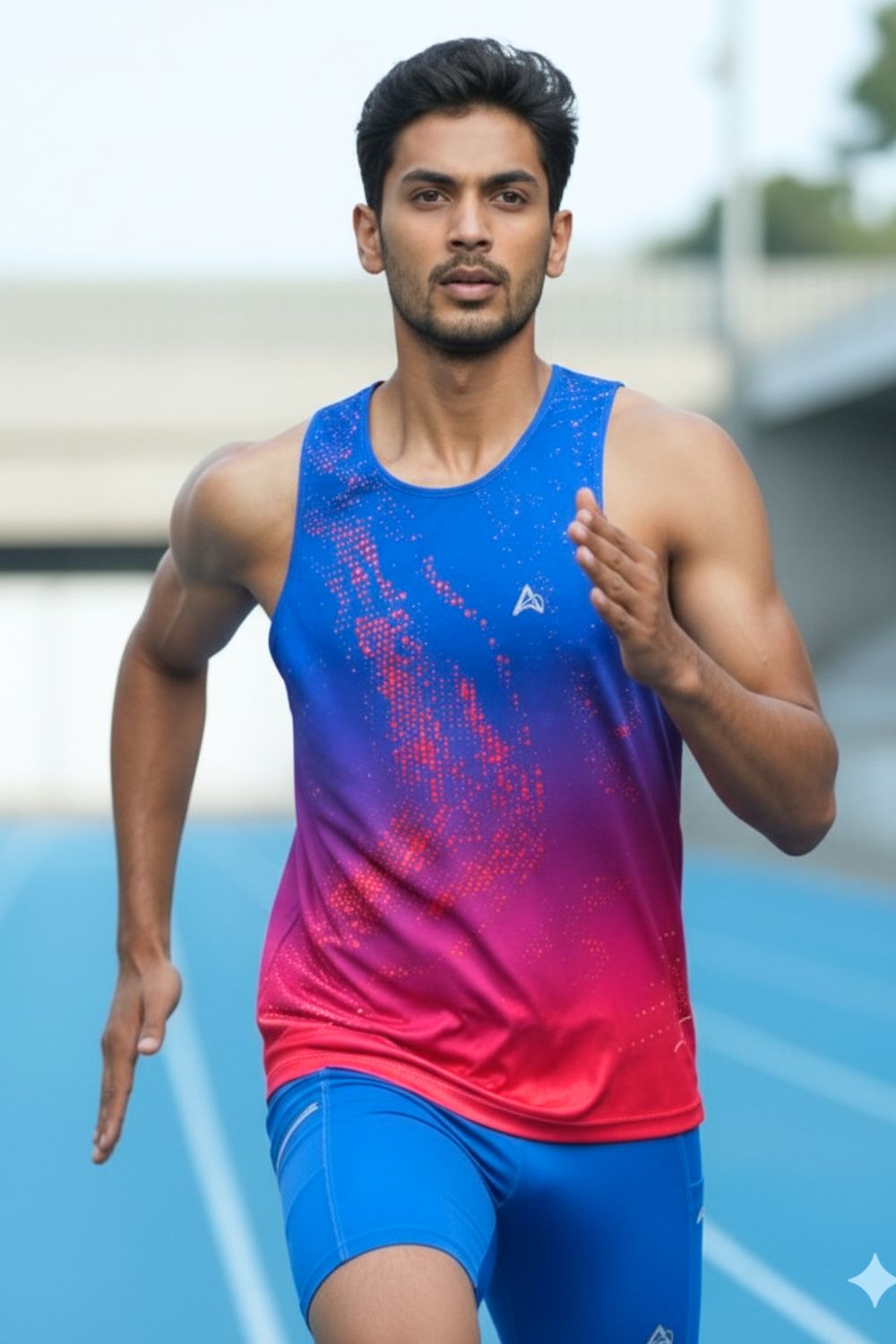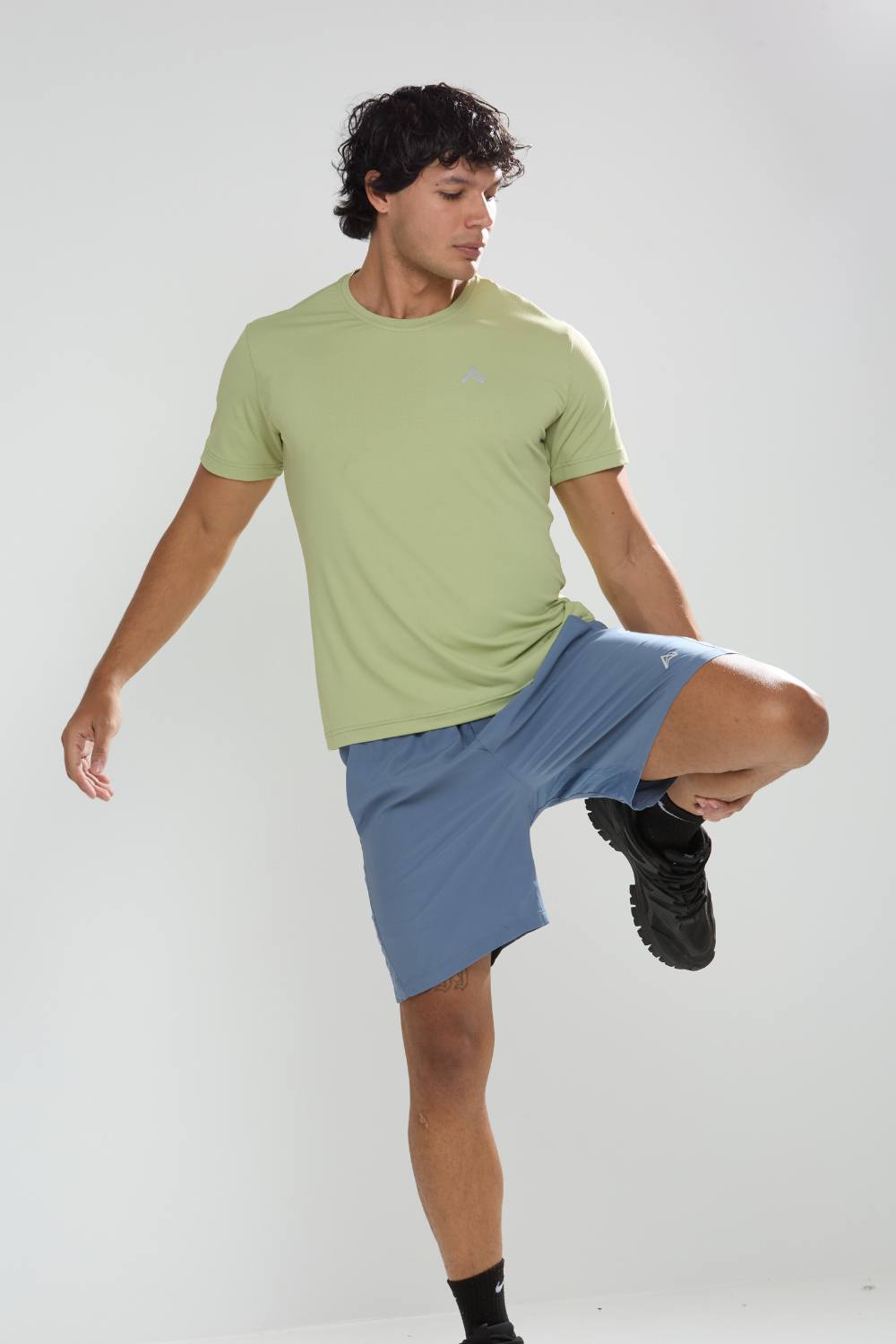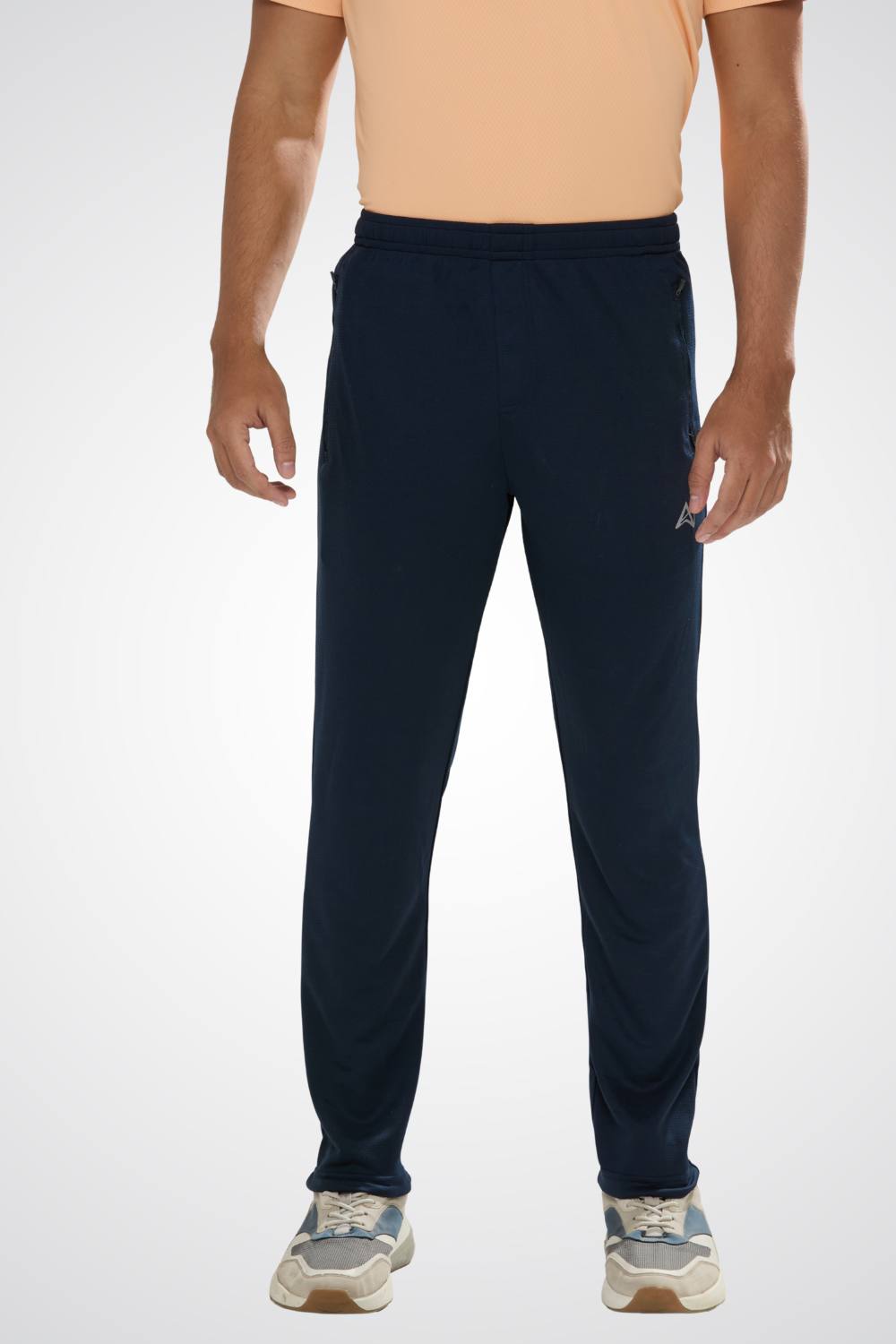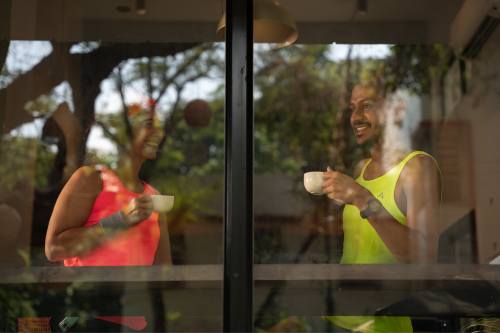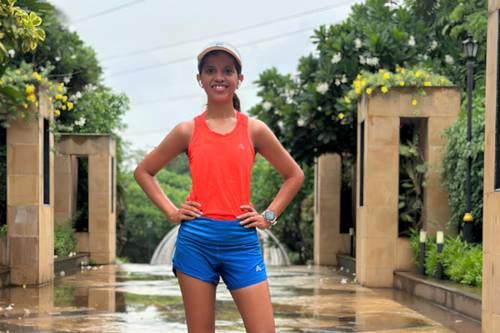Quick Listen:
In the soft glow of dawn along Mumbai's iconic Marine Drive, the rhythmic patter of footsteps echoes against the gentle lapping of the Arabian Sea. Runners, clad in vibrant high-performance gear, dart past with determination etched on their faces, their wrists alive with notifications from apps like Strava. This scene captures more than a morning routine; it embodies a burgeoning digital tribe where passion for running intertwines with brand loyalty. High-performance sports clothing retailers are redefining their role, shifting from mere sellers to architects of vibrant communities that foster connection, motivation, and commerce through social media.
Tired of gear that slows you down? Chafing, soggy fabrics, and missing pockets kill your run's momentum. At Aguante, we're runners who get it. Our high-performance activewear features moisture-wicking fabrics, ergonomic designs, and smart storage to keep you focused. Shop Now!
Digital Retailers Harness Social Media to Build Stronger Running Communities
The data paints a vivid picture of transformation. A recent analysis reveals that the social commerce market is poised for remarkable expansion, valued at approximately USD 1.63 trillion in 2025 and projected to climb to USD 6.23 trillion by 2030, propelled by a robust compound annual growth rate of 30.71% throughout the 2025-2030 timeframe. While North America and Europe emerge as the fastest-growing regions, Asia Pacific stands as the largest market, with India playing a pivotal role in this surge. For sports apparel brands, this represents not merely economic potential but a cultural shift. Running, formerly a solitary endeavor in India, has evolved into a widespread lifestyle choice, driven by health-conscious urban dwellers from millennials to Gen Z. These demographics view it as a blend of physical wellness and personal expression. Forward-thinking digital brands are capitalizing on this by harnessing platforms such as Instagram, Strava, and YouTube to convert occasional enthusiasts into dedicated participants and buyers.
This growth aligns with broader trends in India's fitness landscape. The nation's running culture is flourishing, with thousands of annual events attracting widespread participation and generating significant economic activity.The post-pandemic era has amplified this momentum, as cities see parks filling earlier and running clubs proliferating. Prosperity and heightened health awareness are fueling an affluent class increasingly prioritizing fitness, making running one of India's fastest-growing sports. Marathons, in particular, have surged in popularity, transforming from niche gatherings to mass movements that promote community and well-being.
The Social Media Runway
Social media serves as far more than a broadcasting tool for brands; it functions as an interactive pathway fostering genuine connections. Instagram has morphed into a digital hub where runners showcase post-run glows, medal collections, and outfit reviews. Strava, beyond mere tracking, acts as a communal space for virtual high-fives on achievements. YouTube channels deliver comprehensive guidance, from injury prevention to endurance strategies. Brands are attuned to this dynamic, moving beyond ads to orchestrate immersive experiences. Hashtag-driven initiatives like #RunWithUs dominate feeds, encouraging users to log miles for rewards or recognition. Live sessions, such as those featuring yoga or virtual competitions hosted by retailers like Decathlon, seamlessly merge shopping with interactive participation.
The power of micro- and nano-influencers cannot be overstated in this ecosystem. These everyday athletes, often with followings under 10,000, bring unparalleled credibility to specialized groups. For instance, a marathon enthusiast in Bengaluru might endorse breathable shorts via a candid post, generating trust that surpasses traditional marketing. Brands are strategically collaborating with them for localized events, like humid-weather gear tests or group training, crafting narratives that resonate deeply and make participants feel integral to a larger story. This approach is amplified by trends like run clubs booming across urban India, blending fitness with social bonding and even romantic possibilities, as seen in viral reels.
Moreover, social listening tools enable brands to tap into real-time feedback, refining products based on user insights. As India's sports apparel market continues its rapid expansion, social platforms are emerging as key drivers, shaped by the rise of e-commerce, urban lifestyles, and celebrity influence. The growing popularity of athleisure further blurs the line between sportswear and everyday fashion, with social media playing a central role in amplifying these trends.
From Global Giants to Local Heroes
International powerhouses are leading the charge with innovative integrations. Nike's Run Club app transcends basic logging, uniting global runners via competitive leaderboards and tailored challenges that cultivate belonging. In India, it has empowered women-led initiatives, with events like the Mumbai After Dark Tour drawing over 3,000 participants in May 2025, fostering a new wave of female runners who document their journeys online. Adidas Runners maintains active chapters in Delhi and Mumbai, hosting group outings that blend exercise with socializing, enhancing engagement through spotlight features on members. These programs yield tangible results: community members often opt for branded gear like the latest Ultra boost, rooted in earned trust rather than overt promotion.
Domestically, momentum is building. Decathlon's localized running groups in cities like Bengaluru and Pune combine physical meetups with digital amplification, such as Instagram Live for tips on durable apparel suited to India's climates. Events like morning 5K runs at stores infuse energy with post-run coffee and dance, drawing diverse crowds. The Tata Mumbai Marathon exemplifies masterful digital outreach, evolving from 19,000 participants in its debut to over 65,000 in 2025, with apps facilitating training, philanthropy, and virtual runs. Pre-event challenges and highlight videos sustain year-round interest, while corporate tie-ins boost economic impact, turning one-day events into lucrative ventures. Emerging startups, including Pune-based labels, leverage social channels for design input and exclusive drops, solidifying long-term allegiance beyond transactions.
Support from broader ecosystems, like Rainmatter's investments in sports startups such as Fitpage and Sisters in Sweat, underscores community-driven movements. National campaigns, including BJYM's NaMo Yuva Run uniting youth for fitness and anti-drug messages, highlight social media's role in scaling participation.
The Hurdles of Social Commerce
Despite the promise, obstacles abound. Maintaining authenticity proves challenging; overt commercialism can repel audiences, as forced campaigns risk backlash and erode trust. In a saturated digital space, where countless brands compete for scrolls on Instagram or Strava, capturing sustained attention demands innovation. Privacy concerns loom large, with data from wearables vital for personalized experiences sparking unease over usage and security. Once fractured, confidence is arduous to mend.
Conversion remains a persistent issue. Enthusiastic interactions, like joining virtual events or following accounts, don't invariably lead to purchases. Brands grapple with quantifying returns on social investments, where metrics like likes mask revenue gaps. Yet, the strategic focus on loyalty underscores that nurtured communities ultimately yield financial gains through repeat business and advocacy.
Opportunities on the Horizon
The landscape brims with potential for high-performance apparel brands. Social media provides unfiltered access to consumer preferences, enabling swift adaptations like fabrics for humid conditions or soles for wet terrains via instant feedback. In emerging Tier-2 and Tier-3 markets, targeted drives, such as festival-linked virtual races or temporary clubs, can broaden footprints.
The overarching impact is profound. As social commerce redefines retail, brands nurturing subcultures forge enduring equity. Hybrid models pairing online Strava challenges with in-store sales optimize connections and stock movement. With India's sports apparel sector on track for substantial growth, influenced by wellness trends and digital platforms, opportunities abound for those integrating community with commerce. Initiatives like mall-based running tracks, inspired by global successes and trialed in Chennai, could further innovate engagement.
Beyond apparel, collaborations with foundations supporting athletes amplify brand resonance, as seen in efforts by groups like GoSports. As emerging sports gain traction, social media will continue amplifying participation, positioning India as a vibrant hub for fitness-driven commerce.
A Finish Line Worth Chasing
As sunlight pierces the horizon on Marine Drive, runners scatter, devices humming with fresh alerts Strava accolades, brand event invites, exclusive offers. This encapsulates tomorrow's sports retail: relational over transactional. Visionaries foresee advanced fusions, like AI-customized regimens from social insights, AR virtual fittings, and seamless wearable integrations. Brands must prioritize genuineness in scaling these networks, while runners seek empowering collectives. In India's vibrant running scene, each step narrates progress; social media isn't merely a conduit it pulses as the core of an enduring, transformative wave.
Frequently Asked Questions
How are sports brands using social media to build running communities in India?
Sports brands are leveraging platforms like Instagram, Strava, and YouTube to create interactive experiences that go beyond traditional advertising. They're hosting virtual competitions, live yoga sessions, and hashtag campaigns like #RunWithUs to engage runners. Major brands like Nike's Run Club and Adidas Runners maintain active chapters in Indian cities, combining physical meetups with digital amplification to foster genuine connections and brand loyalty among India's growing running community.
What is the growth potential of social commerce for sports apparel brands?
The social commerce market is experiencing explosive growth, valued at approximately $1.63 trillion in 2025 and projected to reach $6.23 trillion by 2030, with a robust 30.71% compound annual growth rate. In India specifically, the sports apparel market is expanding from $696.45 million in 2025 to an anticipated $1.976 billion by 2034. This growth is driven by India's flourishing running culture, which generates around $450 million in revenue annually through over 1,500 events and attracts 2.5 million registered participants.
What challenges do brands face when building communities through social media?
Brands encounter several key obstacles including maintaining authenticity without appearing overly commercial, as forced campaigns can backfire and erode trust. They also struggle with converting social engagement into actual sales, since enthusiastic interactions don't always translate to purchases. Additionally, privacy concerns around data from wearables create unease among users, and the saturated digital landscape makes it challenging to capture sustained attention among countless competing brands on platforms like Instagram and Strava.
Disclaimer: The above helpful resources content contains personal opinions and experiences. The information provided is for general knowledge and does not constitute professional advice.
You may also be interested in: Sustainable Activewear Gains Ground in India
Tired of gear that slows you down? Chafing, soggy fabrics, and missing pockets kill your run's momentum. At Aguante, we're runners who get it. Our high-performance activewear features moisture-wicking fabrics, ergonomic designs, and smart storage to keep you focused. Shop Now!
Powered by flareAI.co





